Minnesota Senate Democrats propose budget cuts amid bleak financial outlook
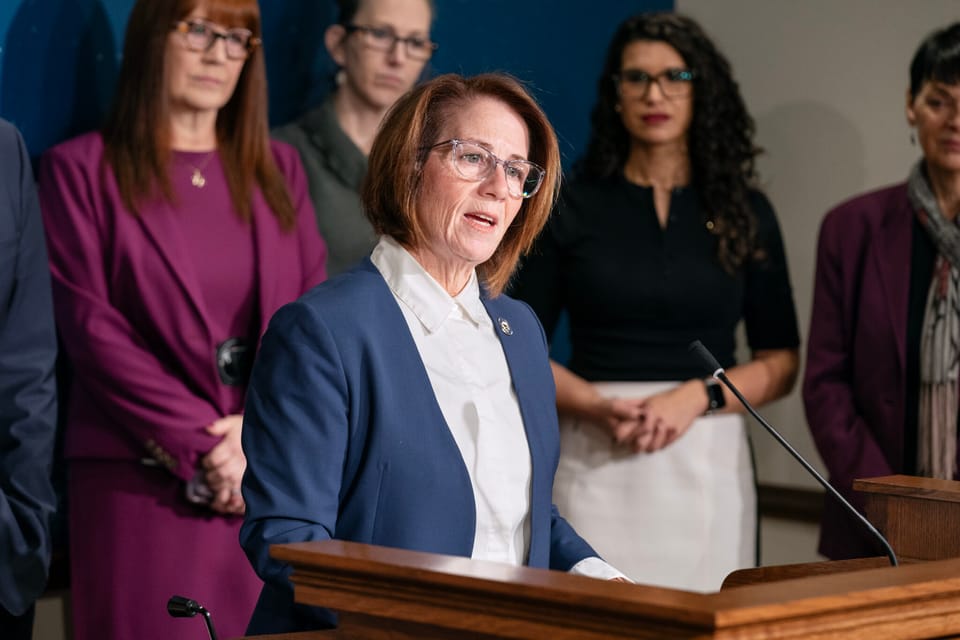
By Michelle Griffith and Madison McVan, Minnesota Reformer
Minnesota Senate Democrats released two-year budget targets Friday that would enact nearly $2.5 billion in cuts over the next four years as the state faces a multi-billion dollar deficit unless lawmakers take action.
The Senate Democratic caucus’ targets say they would leave $2.4 billion on the bottom line over the next two years, and would avert a deficit in the following two-year cycle.
But there’s a major caveat: They don’t account for inflation, which is expected to drive up costs by around $1.1 billion in the upcoming budget, although some economists expect even faster inflation given the Trump administration’s tariffs.
That means cuts will be more widespread and deeper than reflected in the targets, as agencies will face rising costs without money appropriated to cover them. State workers — whose compensation typically comprises the bulk of many agency budgets — are sure to demand pay raises that keep up with inflation, for instance.
Budget targets are guidelines for legislative committees that determine how much money each committee has to spend or needs to cut for the 2026-2027 budget. Targets are subject to change, and often do, as lawmakers create their biennial budget in the remaining weeks of session. The Legislature must pass a budget by June 30, though the Legislature is scheduled to adjourn May 19.
Minnesota’s increasing costs are outpacing revenues and could cause a projected $6 billion budget deficit in fiscal years 2028-2029.
Senate Democrats want to avoid the deficit by forcing agencies to eat the cost of inflation. That could lead to staff reductions, program cuts and other cost-saving measures.
The Senate Democrats’ budget targets cut spending on health and human services, environment, energy and transportation, while cutting education in the second biennium.
Senate Majority Leader Erin Murphy, DFL-St. Paul, said in an interview that the budget targets are based on the latest forecast and don’t take into account cuts at the federal level. Murphy said the state’s $3.2 billion in budget reserves will help Minnesotans fare whatever future federal cuts, freezes and uncertainties affect Minnesota.
“We’ve kept the budget reserve … intact so that we have some cushion and the ability to manage at least some of what we might get from the trifecta in Washington, D.C., that seems hell bent on making deep cuts that could hurt families, schools, communities and our health care system,” Murphy said.
Murphy didn’t offer specifics about how lawmakers will achieve the cuts included in the budget targets.
The Senate Taxes Committee, according to the targets, has a target cutting $365 million from their budget, i.e., by either raising taxes or cutting tax subsidies or Local Government Aid, which is in the Taxes Committee’s purview.
Gov. Tim Walz has proposed lowering the state’s sales tax from 6.875% to 6.8% — saving Minnesotans 75 cents for every $1,000 they spend on taxable goods.
Walz has also proposed taxing professional services that are currently exempt from sales tax, including legal, banking, brokerage and accounting services. Combined, the sales tax changes would generate around $185 million over the next two years.
Murphy would not say whether Walz’s sales tax proposals would be included in the Senate Taxes Committee’s budget target.
The biggest increases in the Senate DFL’s targets include $100 million for the Higher Education Committee and $106 million for the Judiciary and Public Safety Committee.
Murphy said that in higher education, lawmakers will earmark some funds to the Minnesota State Grant program — i.e., college financial aid — which is facing a $211 million budget shortfall.
For the Judiciary and Public Safety Committee, much of the money will go toward the courts and Department of Corrections, Murphy said.
The Minnesota House, which is tied 67-67 between Republicans and Democrats, will present joint budget targets early next week, a House DFL spokesperson said.
Republicans and Democrats had a long running debate about how to treat inflation in state budgets. For many years, Democrats sought to include inflation in the state’s projected costs as a more accurate depiction of the budget outlook.
Inflation is reflected in the rising cost of everything from construction to gasoline to fleet vehicles — and especially in areas where the government spends the most: health care and education, and especially wages. By not including inflationary costs, Democrats argued, the budget forecasts were giving the public a deceptive picture of the government’s ability to provide services.
So, in 2023, Democrats passed a bill to require inflation to be included in both sides of the ledger in the budget forecasts of Minnesota Management and Budget, which is the state’s budget agency.
“If we want to create an honest and responsible budget for Minnesota, we need an honest picture of our state’s finances,” said Sen. John Marty, DFL-Roseville, in 2023. “Just like a weather forecast, we want a budget forecast that has the most accurate information available to us, which will allow us as policymakers to make the most informed decisions possible with our budget. No business would make budget decisions based on budget projections that factor in inflation on the revenue side of their business, but not the expenditure side. Neither should state government.”
Minnesota Reformer is part of States Newsroom, a nonprofit news network supported by grants and a coalition of donors as a 501c(3) public charity. Minnesota Reformer maintains editorial independence. Contact Editor J. Patrick Coolican for questions: info@minnesotareformer.com.
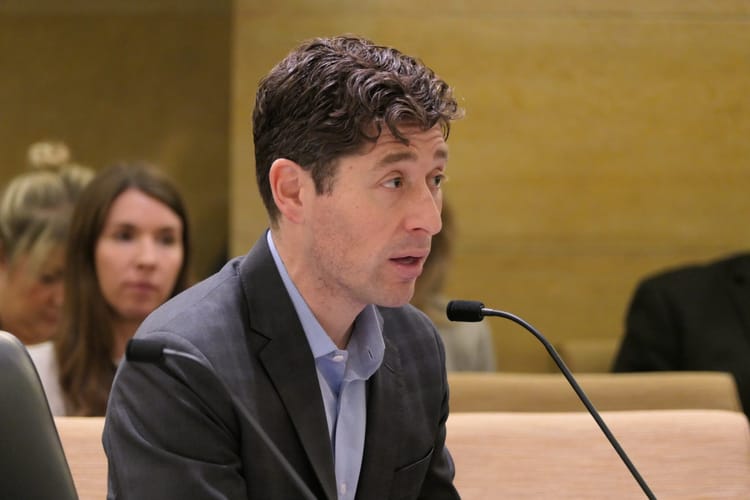
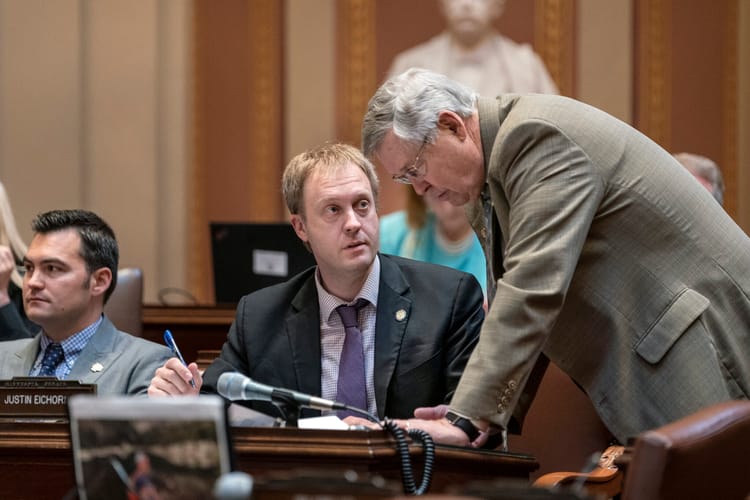
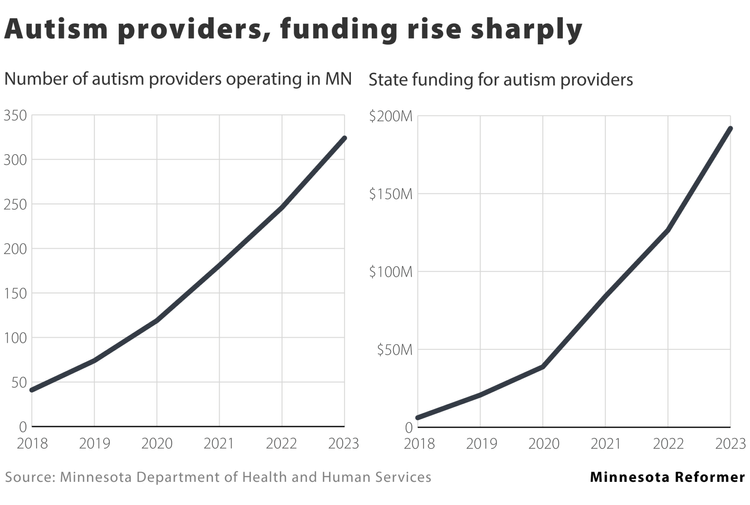
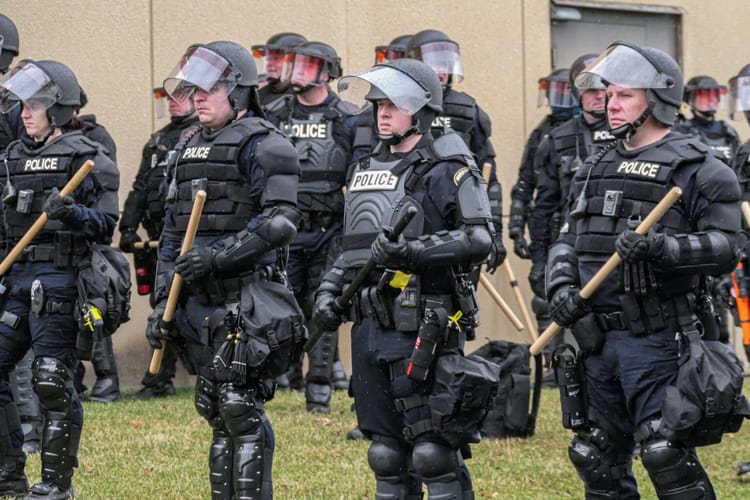
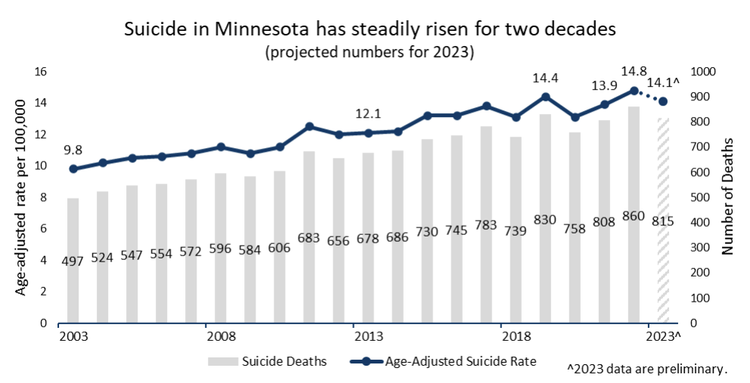
Member discussion